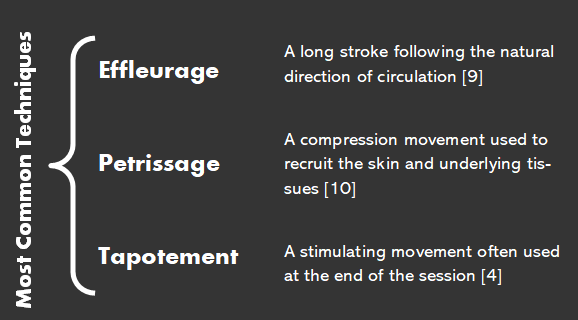Influence of Massage Therapy on the Horse: Behavioural and Physiological Impacts
My Masters thesis, which stemmed from my love for my job!
Within my study, I investigated the impact of massage on heart rate and behaviour through observations during massage and during a control session. I had 6 participating horses, 3 geldings and 3 mares, of varying ages, sizes, breeds and disciplines - which is a great representation of all the types of horses I work with. These horses had all had massages before, and so were used to me and my techniques.
In my analysis, I found that heart rate decreases during and after massage when compared to before - which means that the massage itself lowered the heart rate, and lower heart rates mean better relaxation (1). I also saw an increase in licking and chewing behaviours during massage, which are associated with the onset of relaxation (2), (3). Both of these findings highlight the benefits, in relation to relaxation, of the type of massage I can provide your horse.
I did also note an increase in ears back behaviours, which of course we all see as negative - with scientists agreeing too (4). This coincided with massaging the hindquarters the most, and so may just be a reaction to my presence here, but also could show a slight intolerance to touch. This was also the only area I included tapotement (or hacking) on, and so it could be the difference between techniques that increased the ears back response (5). I think more research should be done between each of the techniques of massage, so we can further adapt them to suit individual horses based on scientific research - the techniques are adaptable, but this is through anecdotal experience currently.
(1) = K. Golzari, Y. Kong, S. A. Reed, and H. F. Posada-Quintero, “Sympathetic Arousal Detection in Horses Using Electrodermal Activity,” Anim. an open access J. from MDPI, vol. 13, no. 2, Jan. 2023, doi: 10.3390/ANI13020229.
(2) - Z. W. Thorbergson, S. G. Nielsen, R. J. Beaulieu, and R. E. Doyle, “Physiological and Behavioral Responses of Horses to Wither Scratching and Patting the Neck When Under Saddle,” http://dx.doi.org/10.1080/10888705.2015.1130630, vol. 19, no. 3, pp. 245–259, Jul. 2016, doi: 10.1080/10888705.2015.1130630.
(3) - A. K. Warren-Smith, L. Greetham, and P. D. McGreevy, “Behavioral and physiological responses of horses (Equus caballus) to head lowering,” J. Vet. Behav., vol. 2, no. 3, pp. 59–67, May 2007, doi: 10.1016/J.JVEB.2007.04.003.
(4) - C. Torcivia, S. Mcdonnell, D. Costa, T. Van Loon, and M. Paterson, “Equine Discomfort Ethogram,” Anim. 2021, Vol. 11, Page 580, vol. 11, no. 2, p. 580, Feb. 2021, doi: 10.3390/ANI11020580.
(5) - S. Kowalik, I. Janczarek, W. Kędzierski, A. Stachurska, and I. Wilk, “The effect of relaxing massage on heart rate and heart rate variability in purebred Arabian racehorses,” Anim. Sci. J., vol. 88, no. 4, pp. 669–677, Apr. 2017, doi: 10.1111/ASJ.12671.


